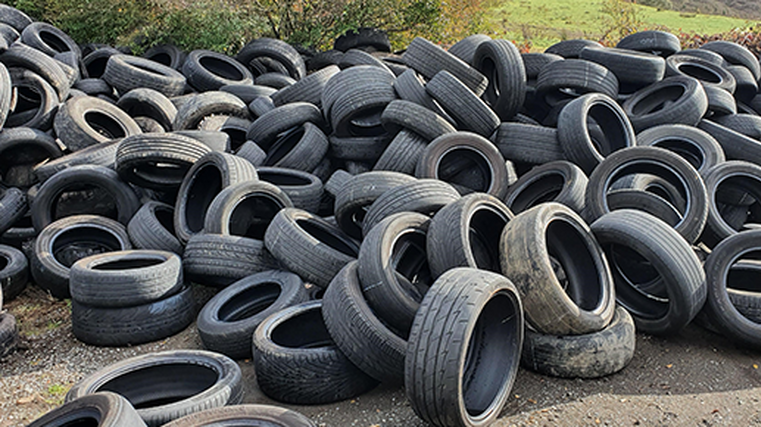Customs guidance on tyres

New Zealand Customs Service has issued some guidance to importers ahead of the Tyrewise scheme starting next month.
“Industry has co-designed the scheme, which will see end-of-life tyres collected and recycled to create new products,” says a Customs spokesman. “To fund scheme services, the government is introducing a fee on tyres entering the market from March 1.
“Importers of on-road motor vehicles (with regulated tyres attached) will pay the fee to the NZTA as part of on-road vehicle registration. Importers of loose regulated tyres or off-road motor vehicles or aircraft (with regulated tyres attached) will be invoiced by the Ministry for the Environment.”
Customs has received various inquiries in the lead-up to March 1, and its valuation, origin and classification team has compiled some questions and answers. If seeking to clarify the tariff classification for your specific tyres, you need to apply for a customs ruling.
Questions & answers
Where are ute tyres classified? The working tariff outlines the differences between motor vehicles designed for transporting goods rather than people.
These features include vehicles that have a gross vehicle weight rating of less than five tonnes, which have either a separate closed rear area or an open rear platform normally used to transport goods.
Included in this category of vehicles are those commonly known as “multi-purpose” or pick-up trucks.
This is reinforced by the NZTA’s definitions, which it describes that a vehicle constructed for both the carriage of goods and passengers is considered to be primarily used for the carriage of goods if the number of seating positions multiplied by 68kg is less than 50 per cent of the difference between the gross vehicle mass and unladen mass.
Therefore, new pneumatic tyres for these vehicles would be classified under tariff sub-heading 4011.20. They would be further classified depending on the type of ply (radial or bias) and internal-rim diameter.
Where are SUV tyres classified? These types of vehicles meet the description of being a car designed for the transport of persons.
Therefore, new pneumatic tyres for SUVs would be classified under tariff sub-heading 4011.10.09. They would be further classified depending on the type of ply – radial or bias.
Where are ATV tyres classified? All-terrain vehicles are used to transport people but are not motor cars.
Therefore, new pneumatic tyres ATVs would be classified under tariff sub-heading 4011.90. They would then be further classified depending on the tyre tread, rim diameter and so on, but they would not fall under any tariff items that relate to light commercials.
Where are tyres with rims attached classified? It has been queried whether tyres with rims attached should be classified under tariff heading 40.11/40.12 or 87.08. This matter is under further consultation and information will be updated when resolved.
There are some tariff items under headings 40.11 and 40.12 that refer to their use in the assembly of motor vehicles. Can I use these tariff items?
From Customs’ understanding, the industry has changed since these tariff items were introduced. There is limited assembly remaining in New Zealand, such as some special-purpose vehicles and buses. Unless you can substantiate the tyres would fit within those specific tariff items – for example, 4011.10.01, 4011.20.03 and 4011.20.07 – it would not be appropriate to classify tyres under those descriptions.
Will the waste minimisation (tyre) fee form part of the customs value (VFD)? There are too many variations to how a buyer and seller might set up their transaction or other situations that would warrant considering an alternative method of valuation to give an answer that covers every possibility.
If looking at “method one – transaction value”, the primary point that would need to be clarified is whether this fee has been included as part of what the buyer must pay to the seller to receive their goods.
For example, does it form part of the “price paid or payable”? If the charge forms part of the “price paid or payable”, there’s no allowable deduction that covers this fee.
The current view is this fee is not covered by clause 7(c)(ii)(C) of schedule four to the Customs and Excise Act 2018 – ie customs duties and other taxes). The outcome is that the fee remains part of the amounts that form the customs value of the imported goods, so it would be included in the VFD field.
If the charge does not form part of the “price paid or payable”, the current view is there’s no required addition that covers this fee. The outcome is the fee doesn’t form part of the customs value of the imports, so would not be included in the VFD field.
Refer to the customs valuation guide if further guidance is needed around valuation.





